The location of the historic Roddey’s Homeplace – Corner of East Main and Oakland Avenue
City Directories and History: 1908 – W.L. Roddey, 1922/23 – J.W. Roddey and Dunlap Roddey,
“So right next to the Reid lot was the lot of Capt. and Mrs. W. L. Roddey. Their original house there was greatly enlarged and improved, and was probably the largest house in Rock Hill in its day. The house had dormer windows and the yard was enclosed by a wrought-iron fence. There was also a windmill, so that the Roddey family could have running water in the house. They also had the first telephone in Rock Hill. It had the appropriate number of “1.” The Andrew Jackson Hotel was built where the Roddey house had been. That was in 1927. The building is now called the Guardian Building.” [Robbins – White Tour History]
The RH Herald reported on May 13, 1880 – “Capt. W.L. Roddey has placed a fountain in his front yard between the gate and the dwelling. It is quit beautiful and a fine addition to the grounds.”
The Yorkville Enquirer reported on July 23, 1885 – “Capt. W.L. Roddey is building an addition to his handsome residence. When completed it will be one of the best in town.”
The Yorkville Enquirer reported on Nov. 21, 1888 – “The 3C’s Railroad had a board meeting in Charleston and elected directors, who came from N.Y., Boston, Philadelphia, Conn., Tenn., N.C., and one from S.C., Capt. W.L. Roddey.”
J.G. Anderson later recalled that Capt. W.L. Roddey was his first customer to put a phone in his home. His residence telephone number was “One.” Roddey also had a phone placed in his store and another in his bank. – Pettus
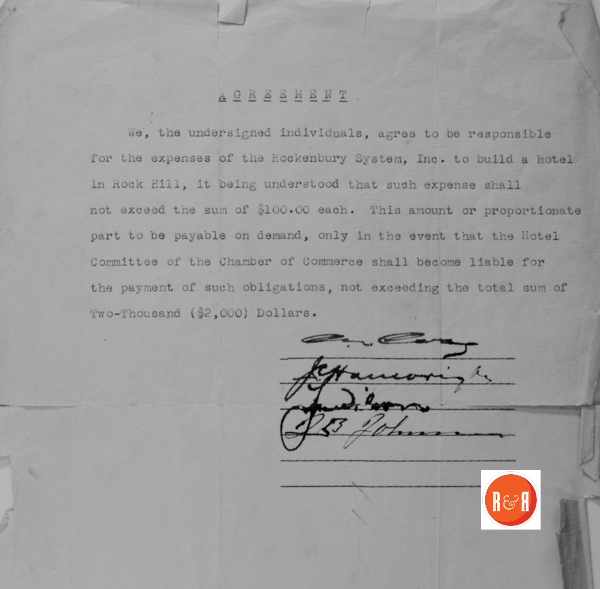
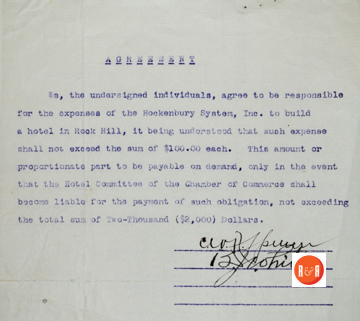
J.B. Johnson, W.B. Wilson, Mr. Beatty White, C.W.F. Spencer and many other Rock Hillians signed pledges to assist in bringing the hotel to Rock Hill. Courtesy of the Cobb – Allen Collection, 2017
The Rock Hill Herald reported on July 15, 1899 – “Improvements are being made on the residence of Capt. W.L. Roddey on Main Street at a cost of $2,500.” The Herald reported on April 2, 1942 – “A block of 384 shares of the Community Hotel Corporation controlled by the receivers of the Central Union Bank was purchased by a group of twelve Rock Hill men. The corporation owns the Andrew Jackson Hotel and the total number of shares is 2,006. The group purchased the stock in order to prevent any outside interest from gaining control of the hotel. The group includes: L.F. Waldrop, John E. Gettys, B.P. Pursley, Edwin Carothers, Dr. J.L. Phillips, Frank S. Barnes, L.A. Barnes, Cecil L. Reid, C.M. Farrow, J.J. Rauch, L.S. Dickert, and A.W. Huckle.”
Lot 12 North—Purchased from A. T. Black on January 31, 1853, for $55, by S. S. Elam, aforesaid. This was a lot measuring 206’ x 212’. Evidently Elam built a house here, probably on speculation. On January 19, 1855, he sold the house and lot to Captain W. L. Roddey’s elder brother, David C. Roddey, who at that time was Rock Hill’s most prosperous merchant. The consideration was $900. As mentioned above in

This was the home of W.L. Roddey, in the 1890’s from the Charleston News and Courier, where the Guardian Fidelity building now stands.
our discussion of Lot 11 North, Mary E. Roddey of Fairfield County, S. C., widow of David C. Roddey, in 1872 sold a large portion of Lot 12 to Captain Roddey, who wanted to build a larger house for himself and family.

Advertisement from the 1938 Bearcat Annual
Mrs. David C. Roddey, who had formerly lived in the large frame house built by Elam, moved back to Fairfield County, S. C., following her husband’s death. We may be getting ahead of ourselves, but it should be noted that following the deaths of Mary E. Roddey and others of her immediate family, her only son, J. Edwin Roddey, also a Rock Hill merchant, built a large and impressive residence on the “undesignated” lot, directly opposite the First Presbyterian Church. This was in 1893. That house stood until about the 1960’s. It was used as a funeral home (Bass Funeral Home) in the 1940’s and 1950’s. In 1879 Captain Roddey greatly enlarged the residence he had built in 1874.
This remodeled structure was for many years the largest and finest house in Rock Hill. After the death of Captain and Mrs. Roddey, the property was sold to a group of community developers who erected there the Andrew Jackson Hotel, a multi-story building, in 1927. Today the same building is occupied and owned by Guardian Fidelity Corporation. It is the writer’s recollection that the only surviving building from the Roddey’s extensive downtown estate was an old brick kitchen or servant’s house, which was evidently rolled from its original site nearby and which came to rest at the front of the lot just east of the hotel site. This unrecognizable building obviously dated from the 1870’s and was unquestionably the oldest remaining structure on Main Street. [Information provided via Along the Land’s Ford Road – Vol. I, 2008 by William B. White, Jr.]

Shaving mug belonging to W.L. Roddey. Courtesy of the Roddey-Lobato Collection, 2019
Captain William Lyle Roddey, who was born at Roddey’s Station and in 1867 bought a number of town lots, opened a store, and lived not only to become the owner of much valuable property in the town and country, but also to found the first banking business in the town. He and his son W. J. Roddey played a conspicuous part in the financial affairs of the city. A disinterested person wrote of him: “Captain Roddey has been identified either as the originator of or as an active worker in every enterprise by which the town has been benefited. He is a broadminded, public spirited man and is prompted neither by policy nor selfish motives.” (Information from: The City Without Cobwebs – Douglas S. Brown, 1953)
The Abbeville Press and Banner reported on Sept. 8, 1886 – “Articles of a fragile nature used as ornaments in Capt. W.L. Roddey’s parlor were thrown to the floor. Charleston authorities were informed that citizens of Rock Hill had collected funds and they could drawn of W.L. Roddey Bankers to the amount of $100., for the relief of earthquake victims.”
ANDREW JACKSON HOTEL by Paul Gettys
The Andrew Jackson Hotel (later known as the Guardian Fidelity Building) was built in 1926 on Main Street in downtown Rock Hill. It was designed by noted South Carolina architect Charles Coker Wilson (1864-1933). He was one of the most important and successful architects in the state in the early Twentieth Century. Trained at the University of South Carolina and at l’Ecole des Beaux Arts in Paris, his practice took hum throughout the South. He organized the South Carolina Association of Architects (now the AIA). His buildings included college and university buildings, commercial office buildings, schools, hospitals, and industrial buildings. For many years, Wilson was architect for the State House in Columbia. In Rock Hill, he also designed First Presbyterian Church (1894) and a residence for R. B. Cunningham in 1897. The Andrew Jackson Hotel, like many of Wilson’s buildings, has influences of his European training, including the Beaux Arts flavor of the design. The contractor for the building project was Southeastern Construction Company of Charlotte.

Sanborn Map of the Andrew Jackson Hotel ca. 1926-1956 as it evolved.
The construction of the hotel was the result of a strong community effort, spearheaded by the Community Hotel Corporation, the creation of a number of business and civic leaders interested in the progress of Rock Hill. These leaders felt that the time had come for a modern, first-class hotel to help attract more business and raise the profile of the city. The pattern of local business leadership spearheading had been set many years before, as Rock Hill won a competition for the location of Winthrop University and developed a number of textile mills through local financing and leadership. In 1925, the Chamber of Commerce initiated an effort to build a hotel under the direction of the Hockenburg System, Inc. of Harrisburg, Pennsylvania. This company provided the management expertise for the effort. The Community Hotel Corporation was formed, with a large and influential Executive Committee with John E. Gettys as Chairman. A sales campaign was organized to sell stock in the corporation to finance the hotel construction. The effort appealed to civic pride and stressed the safety of the investment. Within two months, the goal of $250,000 in stock sales had been exceeded. Charles Coker Wilson of Wilson, Berryman, Kennedy was selected as architect. A site at the corner of Main Street and Oakland Avenue was purchased from the Roddey family. Construction began in early 1926 and the formal opening was held on January 1, 1927.

The Andrew Jackson Hotel is a six-story structure with a basement. It is of concrete post and beam construction with a limestone and brick exterior. Exterior architectural features include limestone pilasters on the first two floors with modified capitals featuring bas-relief ornaments. The upper four floors have brick veneer with limestone quoins and a belt course of limestone below the sixth floor. The interior features a large lobby on the first floor with a mezzanine on three sides. The lobby has two-story limestone pilasters with modified Corinthian capitals. The plaster ceiling is coffered with drawn crown molding. Other interior features include decorative wrought iron railings, medallions featuring an acanthus floral motif, and red tile flooring. There is a ballroom on the second floor with square columns adorned with sconces and the original chandeliers. The upper floors originally contained guest rooms.
The Andrew Jackson Hotel soon became a center for business and social life in Rock Hill. As the preeminent hotel in the area, it hosted many prominent guests from the fields of government, business and entertainment. The first-floor restaurant became a popular place for dining and for civic group meetings. An interesting use of the hotel occurred in the 1930s, as a number of phonograph recordings were made in rooms by groups such as early bluegrass, country, and Black artists. The Andrew Jackson Hotel operated under the Community Hotel Corporation until it was sold to a private company in 1946. Business began to decline in the 1960s as market conditions changed and motels were built on the outskirts of the city. After the hotel closed, it became the home for the Guardian Fidelity Corporation, a mortgage and financial services company. In 1984-1988, it was extensively remodeled to accommodate office spaces on the upper floors, and it is now operated as an office building.
The Roddey home was designed by Rock Hill Architect, Hugh Edward White (1869 – 1939), born in Fort Mill, S.C. he attended Fort Mill Academy and started his practice in about 1894. Remained in Rock Hill until about 1903 and later returned to work. In the 1890’s he worked in an architectural firm in Atlanta. Between 1903-1918 he was a field supervisor of the Supt. Architect Dept. of the Treasury. For about three years 1918-21, he was employed with Charles Coker Wilson in Columbia or Gastonia, N.C.

Image courtesy of photographer Bill Segars – 2011
The Herald reported, Nov. 8, 1925 “That J.L. Mickle, operator of the Anderson Hotel (#231 East Main Street), has leased the old Roddey home on the corner of Main and Oakland and will operate a hostelry there.” [The hostelry was never placed in operation and the Andrew Jackson Hotel was later constructed on the site.]
The Herald reported on Sept. 19, 1925 – “That a contract has been signed with J.W. Ivey of Florence, S.C. to operate the new hotel with a fifteen year lease.”
The Herald reported on Oct. 6, 1925 – “That the community hotel corporation has purchased the Roddey estate lot on East Main Street for $30,000. The site has frontage of 75 feet on Main Street and 180 feet on Oakland Avenue. This leaves frontage of 84 feet on Main Street in the Roddey Estate. They could have purchase the McElwee lot across Main Street, but it did not go through to Black Street. The Roddey Estate may take the $30,000. value in stock.”
The Rock Hill Record reported Jan. 13, 1927 – “Mr. and Mrs. W.B. Wilson have closed their home on Aiken Ave., and have taken an apartment at the Andrew Jackson Hotel for the winter.”
Click on the More Information > link found below the picture column for additional data.
Click HOME to return to the numbered site tour of Rock Hill’s downtown.
Stay Connected
Explore history, houses, and stories across S.C. Your membership provides you with updates on regional topics, information on historic research, preservation, and monthly feature articles. But remember R&R wants to hear from you and assist in preserving your own family genealogy and memorabilia.
Visit the Southern Queries – Forum to receive assistance in answering questions, discuss genealogy, and enjoy exploring preservation topics with other members. Also listed are several history and genealogical researchers for hire.
User comments welcome — post at the bottom of this page.
Please enjoy this structure and all those listed in Roots and Recall. But remember each is private property. So view them from a distance or from a public area such as the sidewalk or public road.
Do you have information to share and preserve? Family, school, church, or other older photos and stories are welcome. Send them digitally through the “Share Your Story” link, so they too might be posted on Roots and Recall.
Thanks!
User comments always welcome - please post at the bottom of this page.
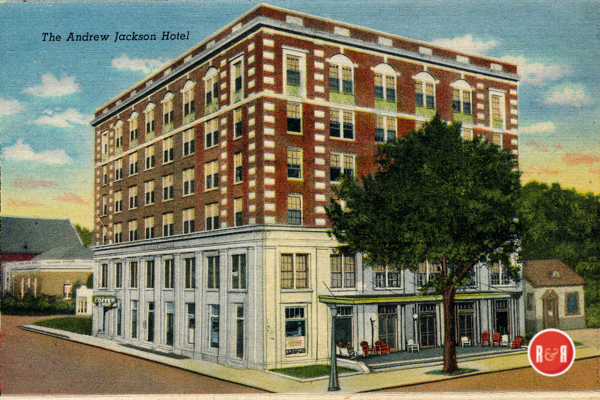

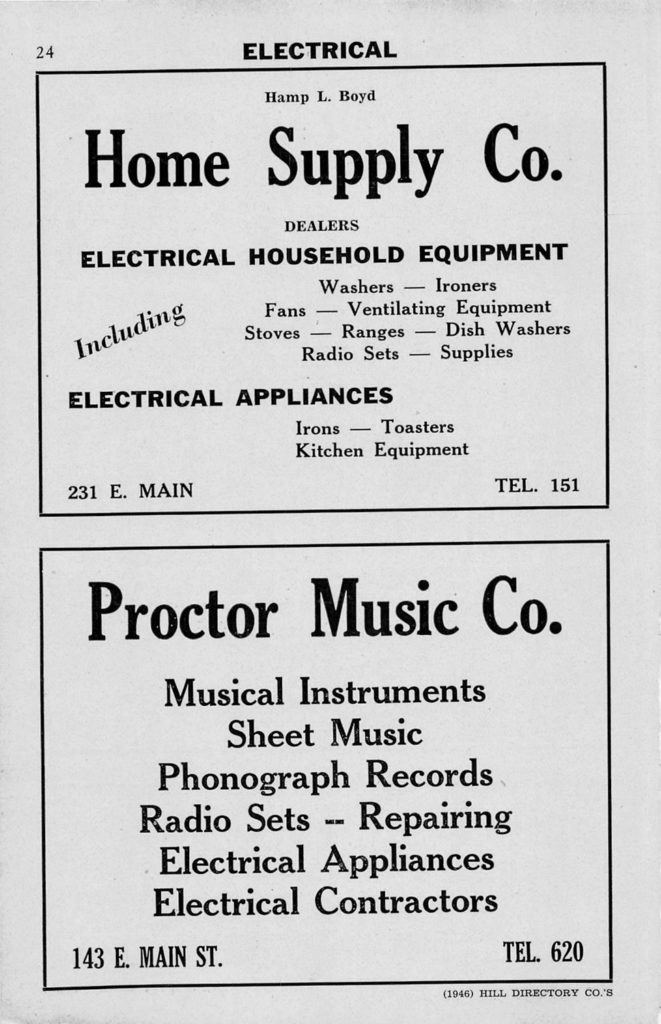




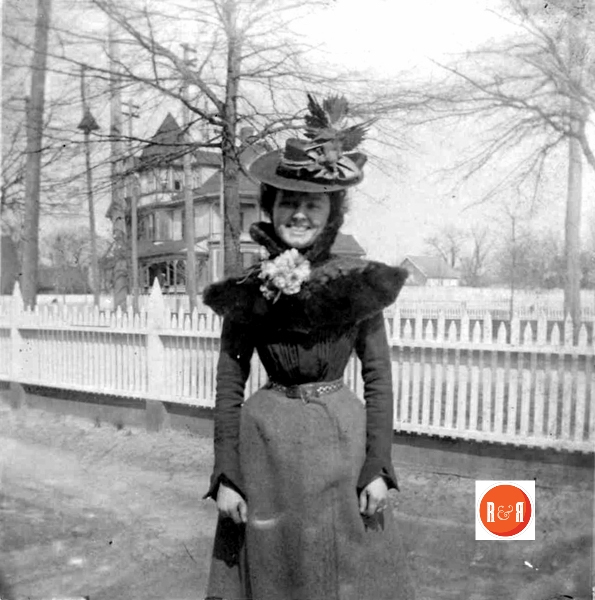





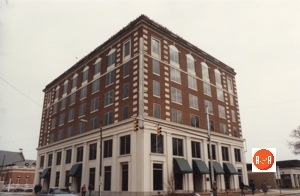







Share Your Comments & Feedback: